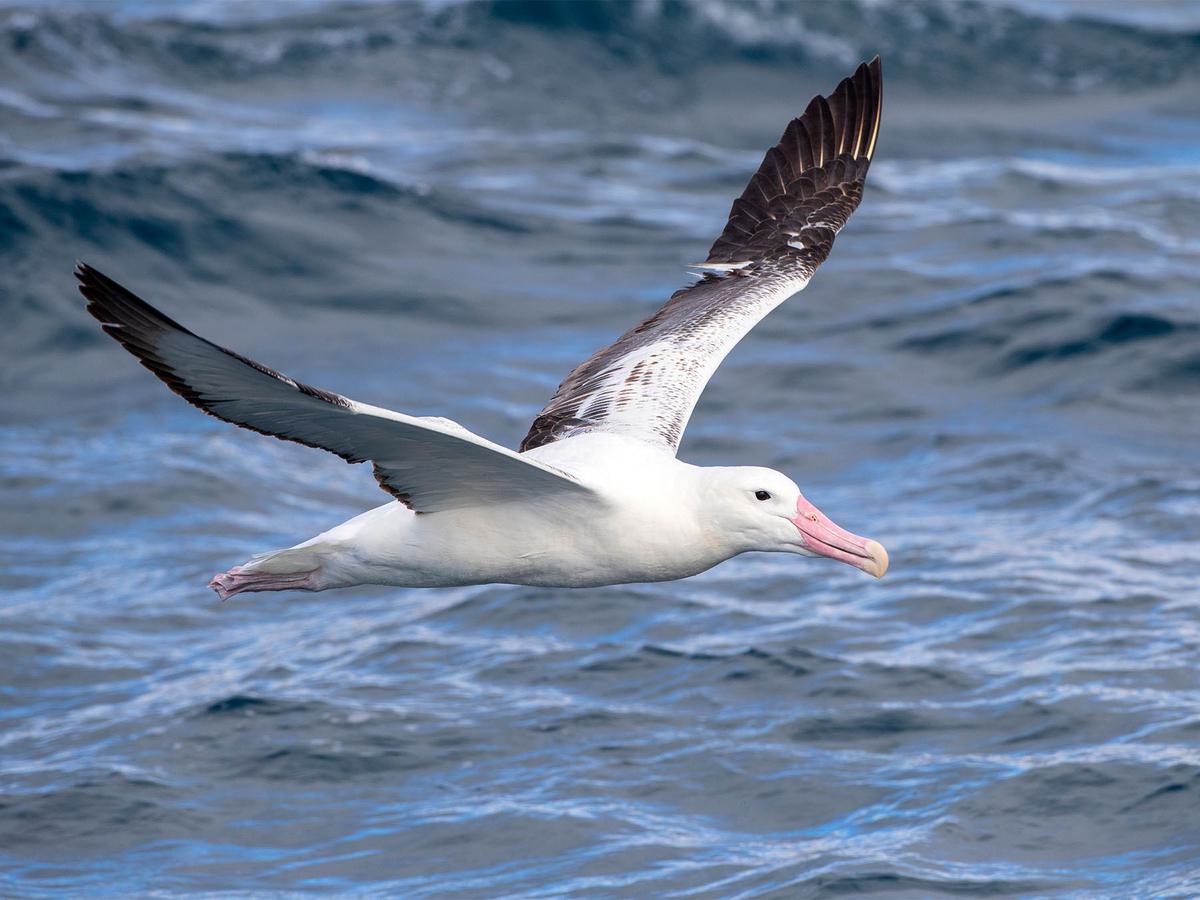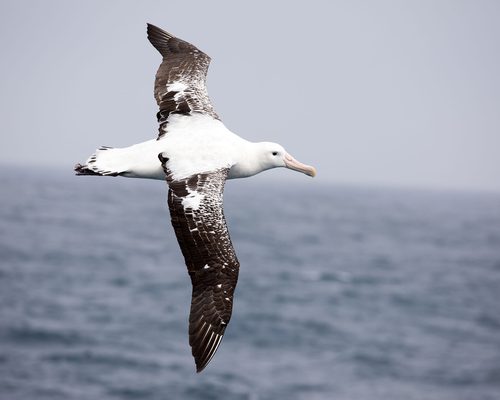
Royal Albatross
Diomedea epomophora
Vulnerable
Known for their majestic wingspan and striking contrast of black and white plumage, the Royal Albatross is an iconic and awe-inspiring presence across the Southern Ocean. As one of the largest flying birds, this magnificent albatross gracefully navigates the open sea, its compelling flight and solitary feeding habits making it a remarkable sight amidst the vast marine wilderness.






